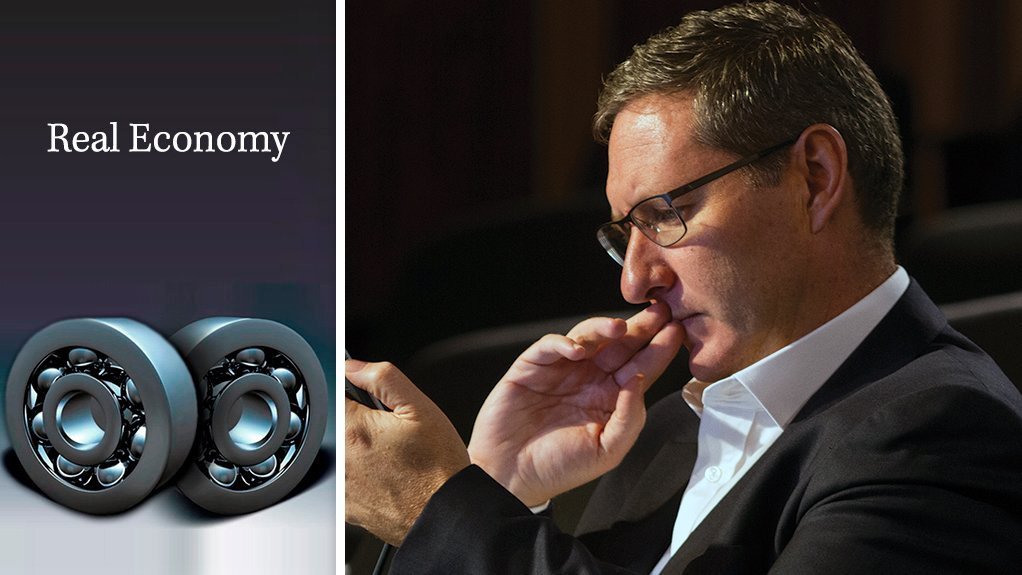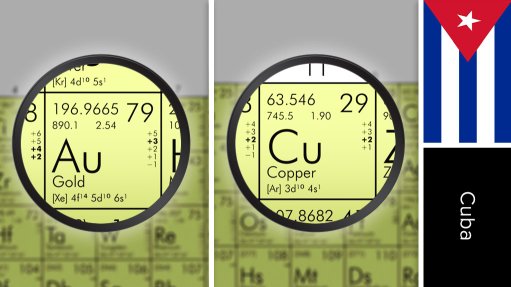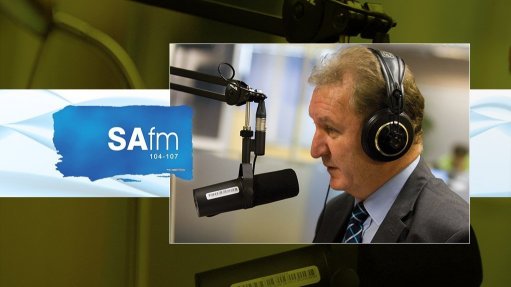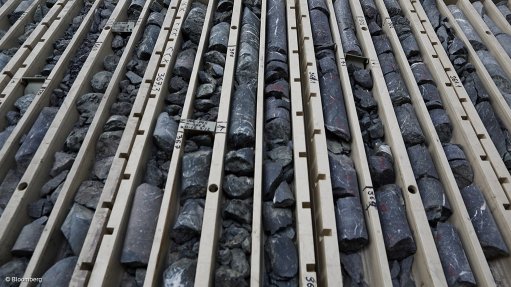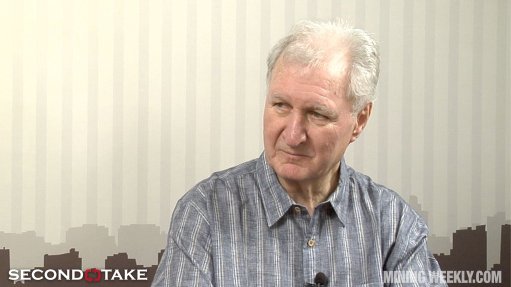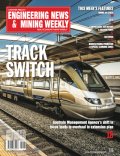Join the least-cost highway
The release of a draft Integrated Resource Plan (IRP 2018) for public comment is an extremely positive development. Likewise, the document’s acknowledgement that the least-cost new build option for South Africa to 2030 is a combination of solar, wind and gas represents major progress. This reality has been known by electricity planners for some time, but has, until now, not been openly acknowledged by the Department of Energy (DoE). It is equally good news to see that the policy adjustments made to the least-cost plan have been made transparent from the start – a departure from the recent past, when the devil of these adjustments was truly in the detail.
The question now is whether South Africans believe the costs associated with these policy adjustments are fully justified by benefits. Indeed, this is likely to be the major feature of responses that will be received by the DoE over the 60-day comment period.
Without doubt, there will be resistance to the continued inclusion of two independent power producer (IPP) coal-fired power stations. The inclusion of the two projects is not surprising, given that they were procured during a competitive process that, if abandoned, may open government up to legal challenges. Nevertheless, the projects are being contested on both economic and environmental grounds, with a study by the University of Cape Town’s Energy Research Centre arguing that the inclusion of the projects will increase the total discounted system cost by between R16.4-billion and R27.99-billion and raise emissions by between 97-million tons and 218-million tons.
Questions are also likely to be raised about the inclusion of 2 500 MW of hydropower imports from the Democratic Republic of Congo (DRC) by 2030. Again, this is based on a commitment made by government in the form of a treaty with the DRC. As with the 1 000 MW of IPP coal, though, the economic rationality of such an inclusion is likely to be contested, together with the decision to sustain yearly capacity limits on variable renewable-energy generators.
For the emerging solar and wind industries, which have already been badly hurt by protracted procurement delays, another key worry relates to a three-year allocation gap, from 2022 to 2025, for new solar and wind. Should this hole not be closed, it’s going to be difficult for industries to meet the higher local content, transformation and social-benefit thresholds that are likely to be included in future bidding rounds.
In other words, despite the fact that the draft IRP 2018 is a far more rational document than previous drafts, it still deviates somewhat from a least-cost pathway. In my view, which is outlined in detail in a book I have authored together with Dr Tobias Bischof-Niemz, the former head of the Energy Centre at the Council for Scientific and Industrial Research, the IRP should be aligned with the least-cost scenario, primarily because there is no longer a trade-off between cheap and clean, and between cheap and job-rich. As a result of the steep fall in solar and wind costs over the past five years, South Africa is in the enviable position of being able to meet all its policy objectives without having to make a detour off the least-cost highway.
Therefore, if stimulating investment is truly to be the defining goal of President Cyril Ramaphosa’s ‘New Dawn’, South Africans of all persuasions should not only be supporting but also demanding the adoption of a least-cost IRP.
Comments
Announcements
What's On
Subscribe to improve your user experience...
Option 1 (equivalent of R125 a month):
Receive a weekly copy of Creamer Media's Engineering News & Mining Weekly magazine
(print copy for those in South Africa and e-magazine for those outside of South Africa)
Receive daily email newsletters
Access to full search results
Access archive of magazine back copies
Access to Projects in Progress
Access to ONE Research Report of your choice in PDF format
Option 2 (equivalent of R375 a month):
All benefits from Option 1
PLUS
Access to Creamer Media's Research Channel Africa for ALL Research Reports, in PDF format, on various industrial and mining sectors
including Electricity; Water; Energy Transition; Hydrogen; Roads, Rail and Ports; Coal; Gold; Platinum; Battery Metals; etc.
Already a subscriber?
Forgotten your password?
Receive weekly copy of Creamer Media's Engineering News & Mining Weekly magazine (print copy for those in South Africa and e-magazine for those outside of South Africa)
➕
Recieve daily email newsletters
➕
Access to full search results
➕
Access archive of magazine back copies
➕
Access to Projects in Progress
➕
Access to ONE Research Report of your choice in PDF format
RESEARCH CHANNEL AFRICA
R4500 (equivalent of R375 a month)
SUBSCRIBEAll benefits from Option 1
➕
Access to Creamer Media's Research Channel Africa for ALL Research Reports on various industrial and mining sectors, in PDF format, including on:
Electricity
➕
Water
➕
Energy Transition
➕
Hydrogen
➕
Roads, Rail and Ports
➕
Coal
➕
Gold
➕
Platinum
➕
Battery Metals
➕
etc.
Receive all benefits from Option 1 or Option 2 delivered to numerous people at your company
➕
Multiple User names and Passwords for simultaneous log-ins
➕
Intranet integration access to all in your organisation



